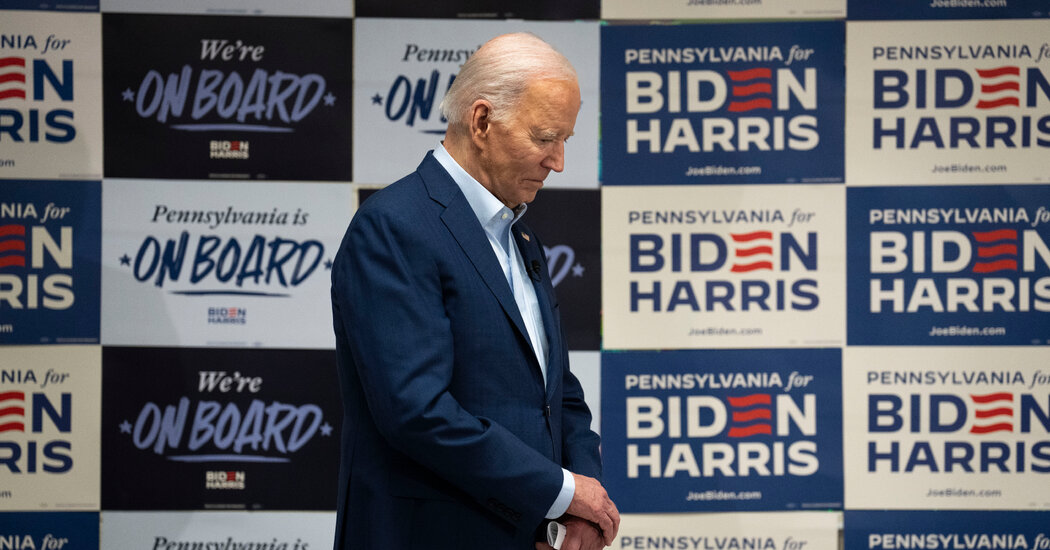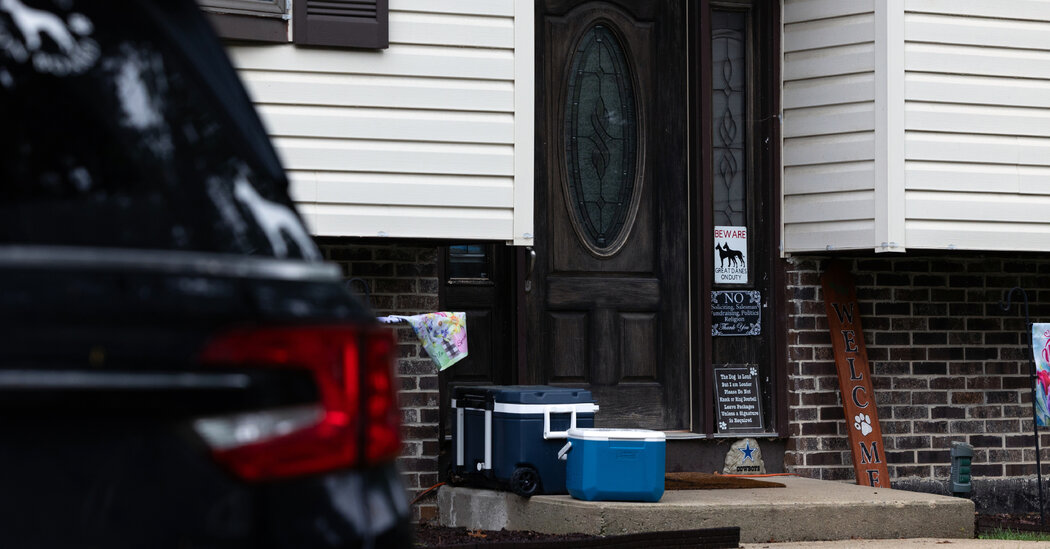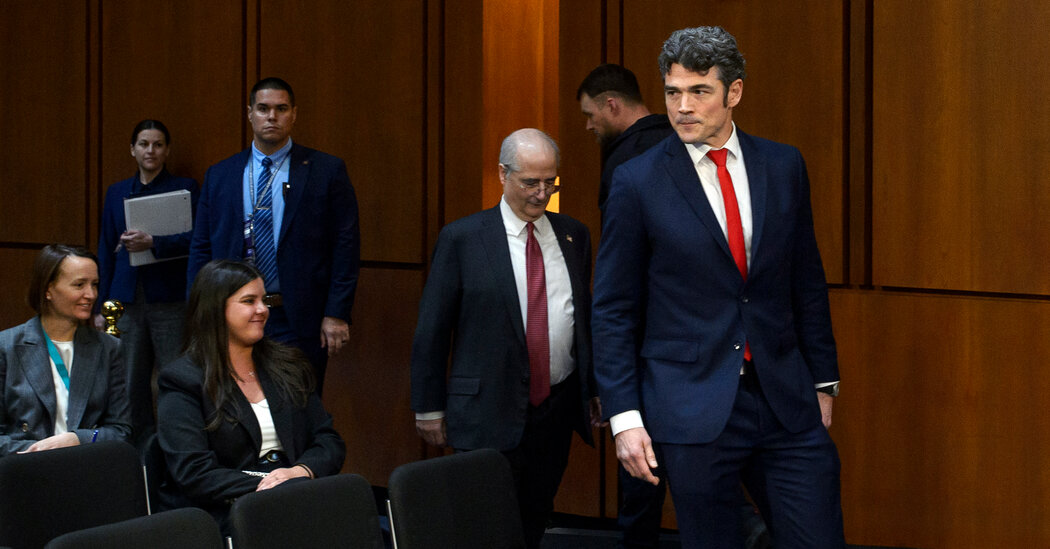It has all the makings of a Cold War thriller.
A mercurial dictator and sometime proxy of Russia using people as political weapons against the West. A war of words between the strongman and his Western rivals. Moscow, shadowy in its intentions, deploying nuclear-capable bombers and staging paratroop drills in the area.
In a region where memories of East-West divisions run deep, the standoff between Belarus’s leader, Aleksandr G. Lukashenko, and Poland, a European Union and NATO member, is fueling concerns about possible military conflict, however unlikely.
Belarusian leaders have repeatedly raised that prospect.
“We know that if we make some mistake, God forbid, if we slip up, this will instantly involve Russia in this whirlpool,” Mr. Lukashenko told state television. “This is the largest nuclear power,” he added. “I’m not a madman, I understand where this can go.”
Belarus’s state news agency quoted its defense minister on Friday as saying: “We are getting the impression that our western neighbors, Poland in particular, are ready to start a conflict.”
“We would like to caution hot heads from overestimating their capabilities,” he added. And he, too, explicitly raised the possibility of Russian involvement.
Polish officials have also resorted to overheated language, describing the presence of a few thousand asylum seekers just outside their borders as an assault on the nation and its sovereignty. Poland says it has moved some 17,000 soldiers, border guards and police officers to the border to keep migrants from crossing.
Russia held snap military exercises with Belarus on Friday, dropping thousands of paratroopers into the border region. Two suffered fatal injuries, the Russian defense ministry reported.
The E.U. is furious after Mr. Lukashenko orchestrated the movement of thousands of Middle Eastern migrants to its eastern frontiers, with the border between Poland and Belarus becoming an increasingly volatile flash point.
While 2021 is far removed from the violent perils of the Cold War era, the geopolitics of the region can still be fragile.
The backdrop of the latest crisis matters because it is playing out along the borders of Poland, Lithuania and Belarus in an area long viewed by NATO as one of its most vulnerable flanks in the event of Russian aggression.
The 64-mile-wide stretch of land known as the Suwalki corridor forms the border between Poland and Lithuania, and the only land route between the Baltic States — Lithuania, Latvia and Estonia, all members of NATO and the E.U. — and their allies. That thin link is sandwiched between the heavily militarized Russian exclave of Kaliningrad and Moscow’s ally Belarus.
Under NATO’s founding treaty, an attack against one member is considered an attack against all. According to Poland’s ministry of defense, there are currently about 4,000 U.S. troops and 1,000 other NATO troops stationed in Poland. There are also about 4,000 NATO troops in the Baltic States, while Britain has sent a small team of armed forces personnel to Poland to provide support.
Mr. Lukashenko, a onetime collective pig farm director, has resorted to a long-established practice of falling back on his ties to Moscow — military and otherwise. This week, he raised the prospect of shutting off a pipeline carrying natural gas from Russia to Western Europe.
Russia, an on-again, off-again ally of Belarus, has made it clear that its support of Mr. Lukashenko is far from assured — with the Kremlin saying emphatically on Friday that it will not allow Belarus to disrupt the flow of gas to Europe.
Poland’s prime minister, Mateusz Morawiecki, this week accused Belarus of political “blackmail.”
The Pentagon has in recent years stepped up training rotations and exercises in the territory of newer NATO allies in the east, including along the narrow corridor of rolling Polish farmland near the Lithuanian border.
In the unlikely event of a land war, American and allied officers say, the region is where Russia or its proxies could cut off the Baltic States from the rest of Europe. Since 2014, when Russia annexed Crimea and began supporting separatists fighting in eastern Ukraine, Eastern Europe has felt increasingly vulnerable.
Marc Santora, Eric Schmitt and Monika Pronczuk contributed reporting.



